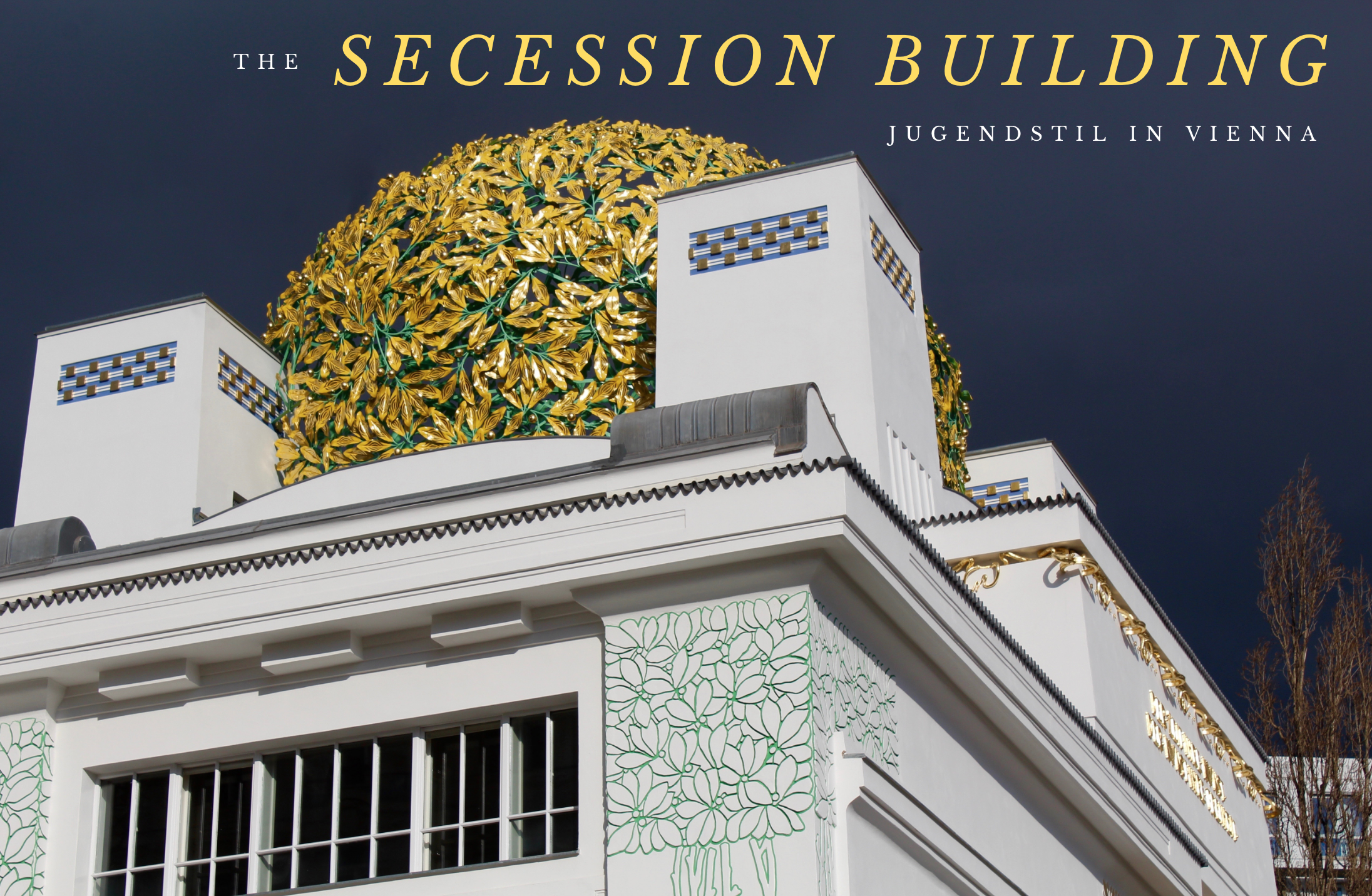

While the early characteristics of Art Nouveau included slender proportions, long curvy décor, and more functional designs, the Art Nouveau became more of a style for the aesthete, a person who had a refined sensitivity to nature and more of a disregard for historical precedents. They led this style by including even more abstracted natural forms in design. Soon after the Horta House was created, Otto Wagner and many others led the Vienna Secession in 1898. This strength allowed the designer to have more flexibility with the space thus allowing Horta to experiment with curving lines based on natural forms. Small amounts of iron, for instance, supported a large amount of weight. As a rich display of slender columns, curvilinear lines, and sharp curves, the Horta House exemplified a new style in Europe that would continue to push technological advances.

For example, in The Horta House, Victor Horta explored the possibilities of iron in the staircase as well as whiplash décor on the walls. This style developed due to the economic expansion of growing cities, the social rejection of historical precedents, and the experimentation of new materials. As a style led by France and Belgium, the Art Nouveau expanded the possibilities of materials and was most commonly characterized by whiplash curves and abstract natural forms. The Art Nouveau and the Vienna Secession in Europe originated in Britain during the late nineteenth century.


 0 kommentar(er)
0 kommentar(er)
